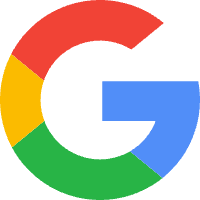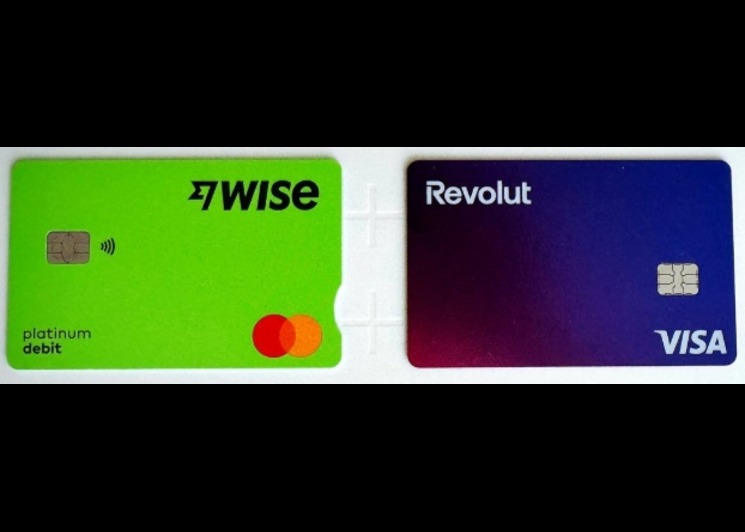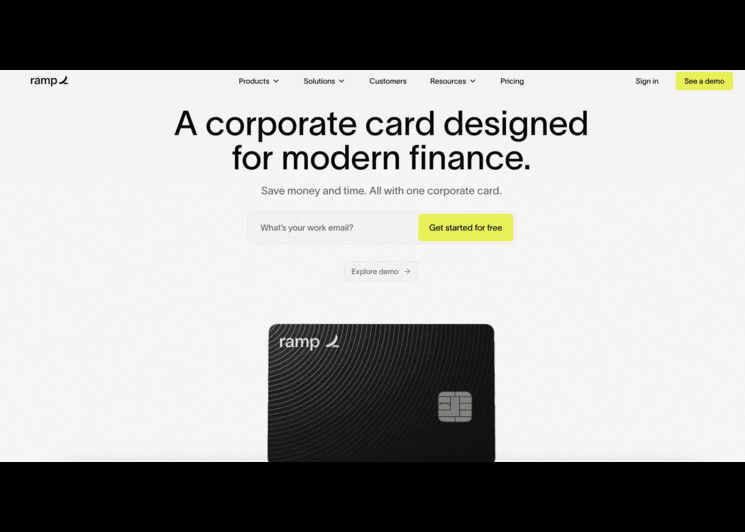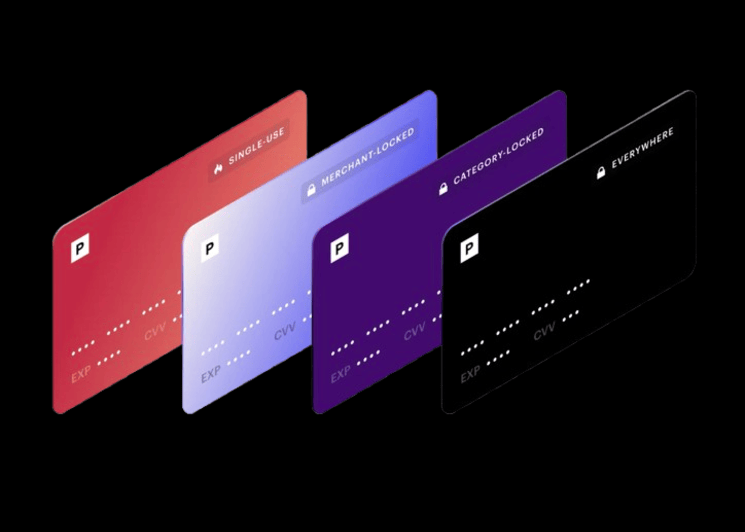Understanding Google Advertising:Fees and How to Manage Them Effectively

Running ads on Google can be one of the most effective ways to reach people actively searching for what you offer. But before diving into campaigns, it’s essential to understand what you’ll be charged and why. Knowing how Google advertising fees work helps businesses budget better, measure ROI, and plan realistic campaigns.
Many brands focus on creative strategy and bidding but overlook cost transparency. In a digital landscape where every click matters, understanding these fees can mean the difference between scaling profitably and overspending.
- Understanding Google Advertising:Fees and How to Manage Them Effectively
- What Are Google Advertising Fees?
- How Google Determines Advertising Fees
- Average Google Advertising Fees by Industry
- The Different Pricing Models in Google Ads
- Factors That Influence Google Advertising Fees
- Managing and Lowering Google Advertising Fees
- Using Bycard to Manage Google Advertising Fees
- Common Misconceptions About Google Advertising Fees
What Are Google Advertising Fees?
Simply put, Google advertising fees are the costs advertisers pay to promote their products or services on Google’s platforms. These fees cover clicks (CPC), impressions (CPM), or conversions (CPA).
The amount you pay depends on your bid, competition, and how relevant your ad is. For instance, a business in finance might pay more per click than one in entertainment because competition is higher. Google determines these fees through an auction system that rewards ads that are both relevant and high quality.
In short, you don’t just pay for visibility, you pay for performance and competitiveness.
How Google Determines Advertising Fees
Google’s ad system works like a real-time auction, where the winner isn’t always the highest bidder. The platform calculates what you pay using these core elements:
- Bid amount: How much you’re willing to spend for a click or impression.
- Quality Score: Based on ad relevance, landing page experience, and expected click-through rate.
- Ad Rank: A combination of your bid and Quality Score determines where your ad shows.
- Competition: The more advertisers bidding for similar keywords, the higher your Google advertising fees.
- Targeting settings: Audience, location, and device all influence costs.
Average Google Advertising Fees by Industry
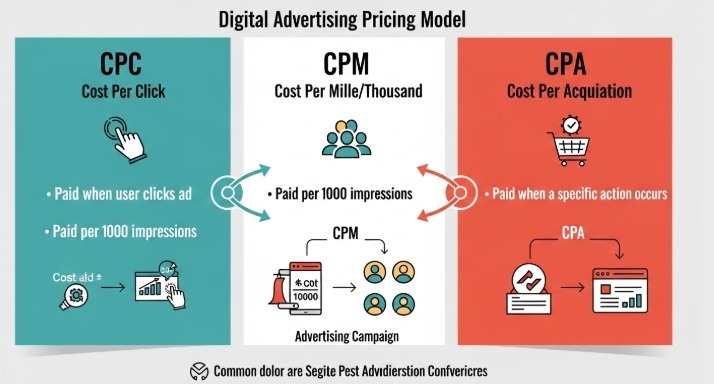
Industry averages provide useful insight into what different sectors typically spend on Google Ads. These benchmarks help businesses estimate costs more accurately and set realistic expectations for their campaigns.
- Legal services average around $8.50 per click, among the highest across industries.
- Education and training average $6.20 per click.
- Fashion and retail average $4.30 per click.
- Arts and entertainment average about $1.60 per click.
The Different Pricing Models in Google Ads
Google advertising fees vary depending on the payment model you choose and your overall campaign objective. Each model determines how and when you’re charged, giving you flexibility in managing your ad spend.
- CPC (Cost per Click): You pay when someone clicks your ad.
- CPM (Cost per 1,000 Impressions): You pay for every 1,000 times your ad is displayed.
- CPA (Cost per Acquisition): You pay when a user completes a specific action, like a purchase or signup.
- Automated or smart bidding: Google uses algorithms to optimize bids automatically, which can shift how your fees are distributed.
Factors That Influence Google Advertising Fees
The cost of advertising on Google isn’t static. Several factors can either increase or reduce your Google advertising fees:
What increases fees:
- Highly competitive industries (insurance, finance, law).
- Premium geographic targeting (like major cities).
- High-intent keywords (e.g., “hire lawyer today”).
- Poor ad or landing page relevance.
What reduces fees:
- Higher Quality Scores.
- Long-tail keywords.
- Targeting specific audiences or regions.
- Testing different ad formats and adjusting bids based on performance.
Managing and Lowering Google Advertising Fees
Here are practical ways to control costs and improve efficiency:
- Refine keywords: Focus on high-intent but less competitive phrases.
- Use negative keywords: Filter out irrelevant searches that waste budget.
- Optimize landing pages: A strong user experience improves Quality Score.
- Test ad variations: Small tweaks can lead to better click-through rates and lower costs.
- Set spending caps: Daily or monthly limits prevent overshooting budgets.
- Monitor ROI: Track conversions, not just clicks.
Using Bycard to Manage Google Advertising Fees
Even with a solid advertising strategy, tracking and controlling ad spend across multiple campaigns can be tricky. That’s where Bycard comes in.
Bycard is a digital payment platform that provides virtual cards designed for online payments, subscriptions, and ad accounts. For businesses managing multiple Google Ads campaigns, Bycard offers:
- Dedicated ad spend cards: Create separate virtual cards for each campaign or client to track Google advertising fees individually.
- Spending limits: Set maximum daily or monthly budgets to prevent overspending.
- Real-time monitoring: View every transaction instantly and spot irregular charges.
- Currency flexibility: Pay for ads in different currencies without worrying about hidden exchange fees.
- Security and control: Pause, freeze, or cancel cards instantly, especially useful if a campaign needs to pause unexpectedly.
For small and mid-sized businesses, using Bycard can simplify how advertising costs are managed. Instead of juggling receipts or reconciling manual records, marketers can automate spending oversight, making sure every dollar goes exactly where it should.
By integrating Bycard into your digital marketing workflow, you not only gain transparency over your Google advertising fees but also streamline financial accountability.
Common Misconceptions About Google Advertising Fees
- “The highest bidder always wins.” False. Google rewards relevance and user experience, not just high bids.
- “All clicks cost the same.” Costs vary based on location, audience, and competition.
- “Once I set a bid, I’m done.” Bids should be monitored and adjusted regularly.
- “Low fees mean good results.” Paying less per click isn’t helpful if those clicks don’t convert

Perfect Card for running ads!
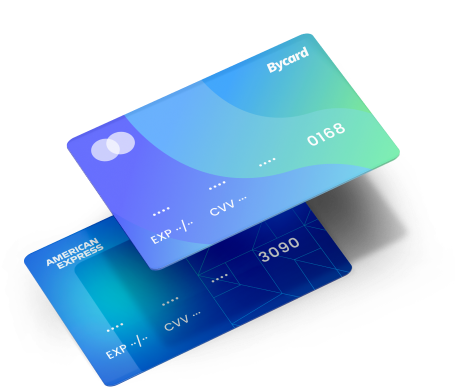
Conclusion
Understanding Google advertising fees isn’t about chasing the lowest cost, it’s about understanding where value lies. With the right strategy, data insights, and smart financial tools like Bycard, advertisers can gain full control over their spending and maximize ROI.
By combining precise targeting with transparent payment management, you ensure your campaigns stay efficient, measurable, and profitable, every single click of the way

